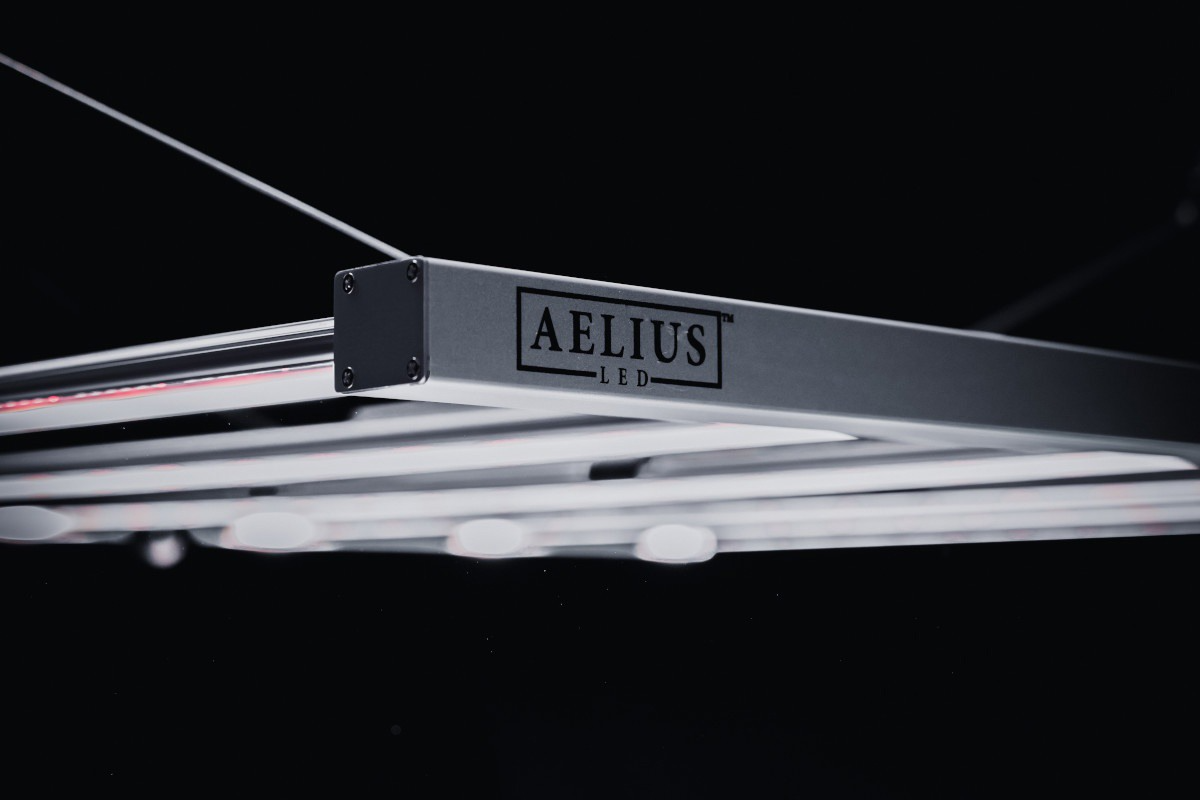Choosing the right grow light is essential for successful indoor hydroponic gardening. The most popular grow fixtures traditionally have been Ceramic Metal Halide (CMH), but over the last few years, LED has come into the picture as another viable option.
So which option is right for you?
Ceramic Metal Halide (CMH) lighting has been used by growers for many years and has a proven track record of success in various indoor gardening applications, whether large scale or small. Some of the common benefits include:
- High light output: CMH fixtures emit a broad spectrum of light that closely mimics natural sunlight. Based on what you’re growing, there are various colour temperatures available that can promote robust plant growth and development, resulting in healthy plants and higher yields.
- Excellent coverage: CMH fixtures are known for their broad coverage, which makes them suitable for larger growing spaces and plants with dense canopies. They have a great ability to penetrate and effectively reach deep into the foliage, which can promote uniform growth.
- Lower Heat Emission: CMH fixtures do produce heat, but overall they generate less heat compared to other traditional lighting options like High-Pressure Sodium (HPS) fixtures.
Some growers may have a personal preference for traditional lighting like CMH due to their history and trusted performance. Some of our favourite CMH fixtures include the BC Grow Gear Spruce 315W fixture (which comes with a built-in ballast), and the Maple 3-mode 1000W DE system.
On the other hand, LED fixtures have grown in popularity in the hydroponics world for a number of reasons:
- Energy Efficiency: it’s no secret that LED lights are incredibly energy efficient compared to traditional lighting. They consume less power while at the same time providing uniform light for plant growth. Due to their energy saving capabilities, they are considered a cost-effective choice.
- Long life span: LED fixtures typically last tens of thousands of hours before needing replacement and thus reduce the need for frequent maintenance and bulb changes.
- Low heat emission: LED fixtures provide the least amount of heat compared to traditional lighting fixtures. This can create a more stable environment and prevent overheating and the need for temperature control measures (especially in smaller grow spaces).
Some LED fixtures even have customizable light spectrums, which allow you to tailor the spectrum to match the specific needs of your plants during different growth stages, i.e. from vegetative to flowering stages.
LED grow lights can come in the form of toplighting systems or interlighting modules (like the one offered from Philips). Visit our catalogue for more options.
Which grow fixture is right for you?
Growers need to consider factors such as space, budget, crop type(s), and other specific requirements when choosing the most suitable lighting option for their indoor garden. Both CMH and LED fixtures offer unique advantages for hydroponics.
While LED fixtures excel in energy efficiency, longevity and low heat emission, CMH fixtures boast high light output, superior coverage, and a longer history of proven performance.
Whichever option you choose, your crops will be in good hands.




